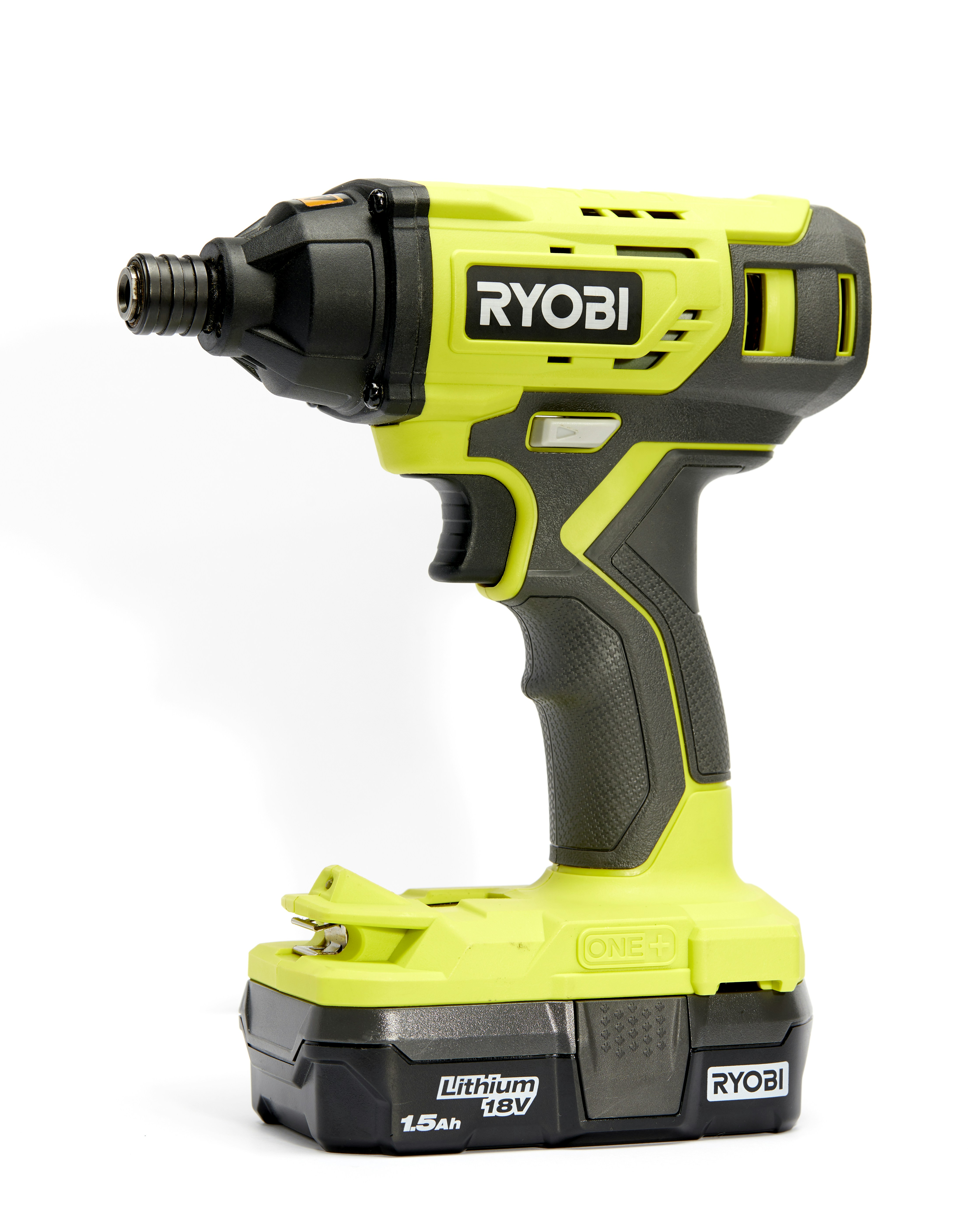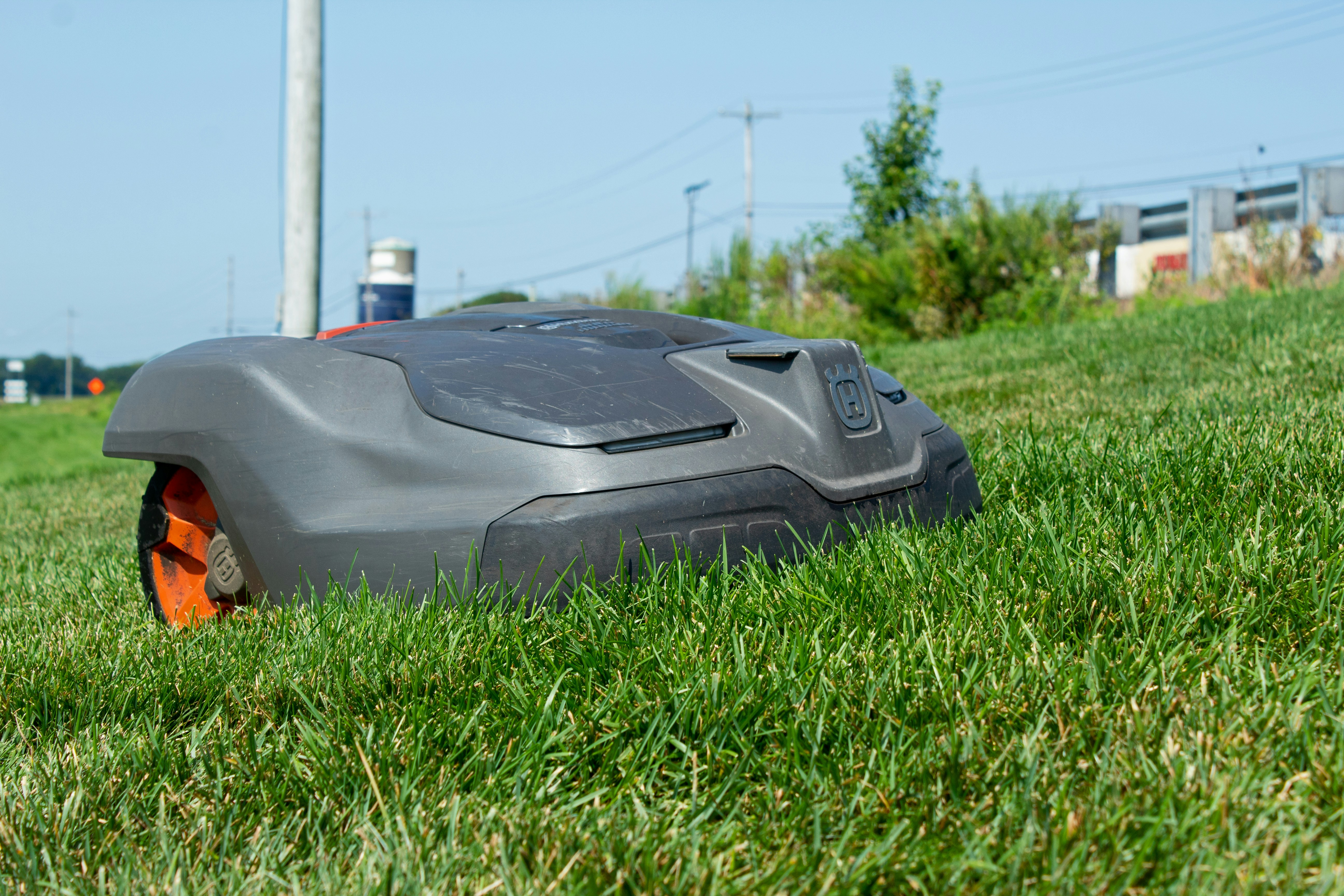The Evolution of Battery Technology
Battery technology has undergone significant transformations since its inception, driving advancements in various fields, including consumer electronics and power tools. The earliest batteries, such as the voltaic pile created by Alessandro Volta in the 1800s, utilized simple chemical reactions to produce electricity. However, these early models were rudimentary and inefficient, often limiting their practical applications.
By the mid-20th century, nickel-cadmium (NiCd) batteries emerged as a popular choice for portable power solutions. NiCd batteries offered better performance and were widely used in various appliances, including cordless power tools. However, environmental concerns and limitations regarding capacity and memory effects led researchers to explore alternative chemistries.
The introduction of nickel-metal hydride (NiMH) batteries represented a significant milestone, delivering higher energy densities and reduced environmental impact. While NiMH technology improved performance, it was not until the advent of lithium-ion (Li-ion) batteries in the late 20th century that the cordless tool industry truly transformed.
Li-ion batteries, characterized by their lightweight, high energy density, and minimal memory effect, revolutionized the market. These batteries facilitated the development of more powerful and efficient cordless tools capable of competing with their corded counterparts. Key innovations in the production and materials used in Li-ion batteries, such as advanced cathodes and anodes, have further enhanced their performance and lifespan.
Recent breakthroughs in lithium-sulfur and solid-state battery technologies promise even more significant advancements. These new materials and designs are anticipated to increase energy density and safety while reducing costs, setting the stage for future power tools that can tackle demanding tasks without the constraints typically associated with traditional, corded options.
2025: A Game-Changer for Cordless Tools
The year 2025 marked a significant milestone in the realm of cordless tools, driven by a series of crucial technological breakthroughs that fundamentally transformed the performance and user experience of these tools. One of the most notable advancements was in energy density, where new battery chemistries were introduced, significantly increasing the power output of cordless tools. This leap allowed manufacturers to produce tools that not only rivaled but frequently surpassed the capabilities of their corded counterparts, effectively meeting the demands of professional users and DIY enthusiasts alike.
Improved battery management systems were pivotal in this progression. These systems intelligently optimized the charging process and power distribution within the tools, leading to enhanced battery life. For instance, tools equipped with these advanced management systems saw operational times increase by nearly 50%, allowing users to work longer without the need for constant recharging. Additionally, the introduction of fast charging technologies considerably reduced the time required to rejuvenate these batteries, making downtime a thing of the past.
Another significant factor contributing to the evolution of cordless tools in 2025 was the reduction in weight, a result of not only the enhanced materials used but also the optimized battery design. Lightweight tools have become more manageable, improving user handling and comfort during prolonged use. Popular tools, such as high-performance drills and saws, benefited greatly from these developments, allowing for impressive power output without the cumbersome weight typically associated with high-capacity battery designs. As a result, professions across various industries began to embrace these advancements, showcasing a notable shift towards cordless solutions in environments previously dominated by corded tools.
This combination of increased efficiency, lighter weights, and significant power offered an unprecedented user experience, setting a new standard for the future of cordless tools, making 2025 a true game-changer in this domain.
Comparative Analysis: Corded vs. Cordless Power Tools
The landscape of power tools has evolved significantly with advancements in battery technology, leading to an increasing preference for cordless power tools among professionals and DIY enthusiasts alike. Historically, corded power tools were considered superior due to their consistent power supply and torque capabilities. However, recent improvements in lithium-ion battery technology and motor efficiency have played a pivotal role in bridging this gap, enabling cordless options to rival their corded counterparts in terms of performance.
One of the key factors when comparing corded and cordless power tools is torque. Traditionally, corded tools have provided more sustained torque, which is crucial for demanding tasks. Nonetheless, modern cordless tools are now equipped with high-performance brushless motors that deliver comparable torque levels. Recent testimonials from industry professionals indicate that cordless drill and impact wrench models are achieving torque outputs that meet the requirements of heavy-duty applications, making them suitable for professional use.
Runtime is another critical aspect of this analysis. Older cordless tools often suffered from limited battery life, leading to inefficiencies during prolonged use. Conversely, the latest advancements in battery capacity and management systems have resulted in exceptional runtime, allowing users to work longer without interruptions. Statistics show that top-tier cordless tools can now operate for several hours on a single charge, often outpacing older versions of corded tools in overall usage time.
Reliability has also seen strides in improvement, with many cordless tools now designed to withstand tough job site conditions. Enhanced durability and battery management have greatly reduced failures, providing users with confidence in their cordless equipment. As a result, the shift toward cordless solutions is evident, with many professionals now considering them the preferred option in various applications, solidifying a new era where cordless power tools match the performance of corded ones.
Future Implications and Industry Impact
The recent breakthroughs in battery technology herald a transformative era for both the power tool industry and construction sectors. As cordless tools reach performance levels that were once exclusive to their corded counterparts, a paradigm shift is likely to occur. This evolution not only boosts user efficiency but also reshapes manufacturing practices to focus on portability without compromising power.
One key implication of advanced battery technology is the potential for increased adoption of cordless tools on job sites. Users may prefer these tools for their ease of use and mobility, reducing the need for cumbersome extension cords and allowing for greater flexibility in project execution. Consequently, this growing preference may compel manufacturers to invest more in research and development, resulting in continuous improvements in battery life, charge times, and overall tool performance. This could lead to the emergence of innovative designs and features tailored to meet specific user needs, further blurring the lines between cordless and corded performance.
However, this transition to cordless power also presents certain challenges. For instance, battery sustainability is becoming a focal concern as the demand for powerful batteries increases. Manufacturers will need to address not only the environmental impact of battery production but also efficient methods for battery recycling. Sustainable practices will likely become a key differentiator in the market, influencing consumer preferences toward brands that prioritize eco-friendly processes.
In addition to sustainability concerns, the industry must consider the implications of rapid advancements in battery technology for user behavior. As tools become more powerful and efficient, builders and contractors may adapt their approaches to tool usage, potentially increasing reliance on cordless options for a wider array of applications. This shift could revolutionize workflows and elevate productivity standards across the construction landscape. In conclusion, the future of battery-powered tools promises not only enhanced performance but also critical implications for sustainability and industry dynamics.
If you’re interested in purchasing the item you seek, please click the link for additional details: #americanachoice.
https://amzn.to/3SBN3Oy
AFFILIATE DISCLOSURE: I am an affiliate for this company, I am not a paid employee.
I may receive a commission if you click a link on this page and choose to purchase something.
You can rest assured I will only share things I believe in and will be valuable to you.



